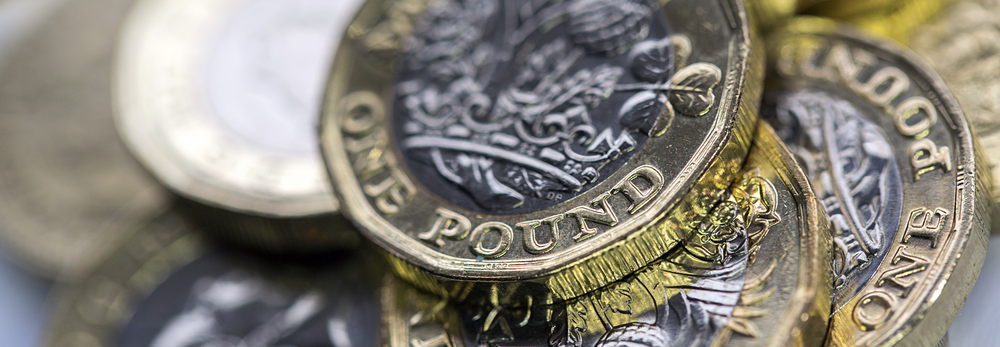
The British pound found itself experiencing more stability on Wednesday and into Thursday after Brexit appeared to enter a temporary state of pause.
The pound was spotted at $1.2911 in its pair with the US dollar at one stage.
The current situation is that the country’s House of Commons has approved Boris Johnson’s Brexit deal – but is now refusing to permit it to be rushed through in the short period of time
The next step for the government will be to see whether or not the European Union permits the country to extend its already-existing extension beyond the deadline of 31st October.
It is understood that if that happens, Boris Johnson and Labour leader Jeremy Corbyn may agree to hold a general election.
However, the precise outcome is not yet known – and some European governments, including that of France, have said publicly that they may consider vetoing an extension.
Overall, the pound has seen its value rise by 6% over the course of the last fortnight, largely down to the agreement of the EU to granting a deal.
Elsewhere around the world, markets began to gear up for a series of central bank meetings due to be held over the course of the week and next week.
The European Central Bank will be the first to go, but there are also some decisions due from the Bank of Japan and also the United States’ Federal Reserve.
The latter decision in particular is looking likely to prove interesting after a series of suggestions that the US economy might not be in as good a shape as some analysts and others had predicted.
Two major companies in the US released data points which appeared to suggest bad news.
Microsoft, for example, appeared to suggest that its cloud computing service was experiencing a lack of growth, while Texas Instruments – which is also part of the technology industry – was seen to release a not so positive earnings outlook.
However, the US dollar managed to remain as resolute as ever by continuing to be steady in early Asian trading.
It was able to surge ahead against the dollars of the trade-sensitive Antipodean countries, which are New Zealand and Australia.
However, it was not able to match these developments in its pairs with the single European currency, which held firm at $1.1132 after the dollar went down a little.
The dollar also went down in its pair with the Japanese yen.
It was seen trading for 108.65 in this pair.
In its index, which is an artificial tool designed to measure how the currency is performing compared to six others from across the globe, the dollar was noted at 97.459 – which represented an overall position of no change.
For the euro, as well as the central bank decision to face there will also be a manufacturing and services data release to come out too.
Analysts are largely expecting that some growth will occur here, although it is likely to be small and incremental.
 Between 74-89% of CFD traders lose
Between 74-89% of CFD traders lose  Your capital is at risk
Your capital is at risk  Your capital is at risk
Your capital is at risk  Your capital is at risk
Your capital is at risk